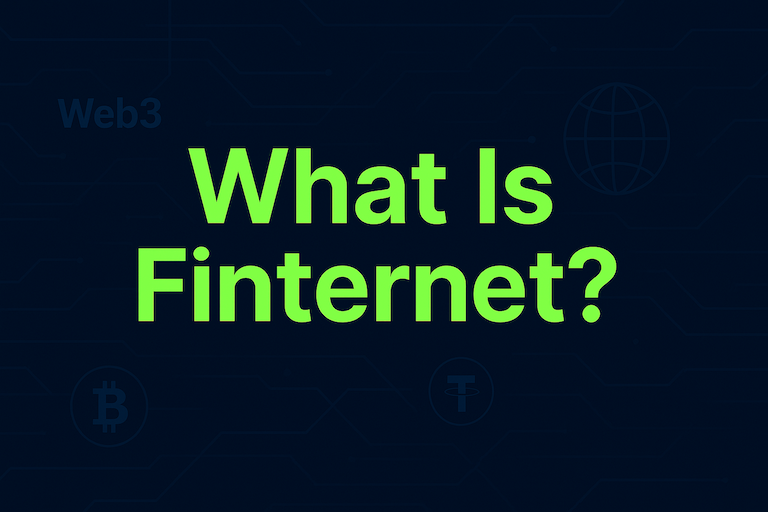What is StaFi (FIS)?
Apr 28, 2025
StaFi (FIS) is a decentralized finance (DeFi) protocol focused on providing staking-as-a-service on blockchain networks. The StaFi network allows users to stake their assets securely while still retaining liquidity, which is often a challenge in traditional staking models. FIS, the native utility token, is used to pay for fees, participate in governance, and incentivize stakers and validators. This article explores how StaFi works, its key features, and the role of FIS tokens in the ecosystem.
What is StaFi (FIS)?
StaFi (FIS) is a decentralized staking protocol that enables users to stake cryptocurrencies securely and earn rewards while maintaining liquidity. Traditional staking models often require users to lock their tokens for a period of time, preventing them from using those tokens elsewhere. StaFi solves this issue by offering liquidity to stakers through rTokens (representing staked assets), which can be traded or used in other DeFi protocols. The FIS token powers the StaFi ecosystem, enabling users to participate in governance and pay for fees on the platform.
Key features of StaFi:
Decentralized staking with liquidity
Stakers receive rTokens to represent staked assets
FIS tokens used for governance and paying fees
Enables participation in multiple DeFi protocols
Focus on security and user control
How Does StaFi Work?
StaFi uses a unique system of rTokens to provide liquidity for staked assets. When users stake their tokens, they receive rTokens (representative tokens) that can be used in DeFi applications while the original tokens remain staked in the protocol. This allows stakers to continue earning rewards without sacrificing liquidity. The FIS token plays a crucial role in governance, where holders can vote on key decisions related to the network, such as upgrades and changes to the protocol.
How StaFi works:
Users stake assets and receive rTokens as a representation
rTokens can be traded or used in DeFi protocols
The FIS token enables governance and rewards validators
StaFi provides a decentralized network for staking and liquidity
The protocol supports multiple blockchain networks for staking
Why is StaFi Important?
StaFi is important because it addresses the liquidity problem in traditional staking models. By providing liquidity to staked assets through rTokens, StaFi enables users to participate in staking and DeFi simultaneously. This is a major innovation in the DeFi space, as it allows stakers to earn rewards while retaining control over their assets. Additionally, StaFi’s decentralized model ensures that users have full control over their staked tokens and can participate in governance through FIS tokens.
Why StaFi matters:
Provides liquidity for staked assets via rTokens
Enhances DeFi participation without sacrificing staking rewards
The FIS token enables governance and community-driven decisions
Focuses on decentralization and user autonomy
Aims to create a fairer, more accessible staking ecosystem
How to Use StaFi (FIS)?
To get started with StaFi, users need to acquire FIS tokens and stake their assets on the platform. After staking, users will receive rTokens, which can be used in various DeFi applications. Additionally, users can participate in governance by holding FIS tokens and voting on network proposals. The platform supports a wide range of cryptocurrencies, making it accessible for users across different blockchain networks.
Steps to get started with StaFi:
Acquire FIS tokens through supported exchanges
Stake your assets on the StaFi platform
Receive rTokens as a representation of your staked assets
Use rTokens in DeFi applications
Participate in governance by voting on proposals
Start your safe cryptocurrency journey now
Fast and secure deposits and withdrawals, OSL safeguards every transaction !


